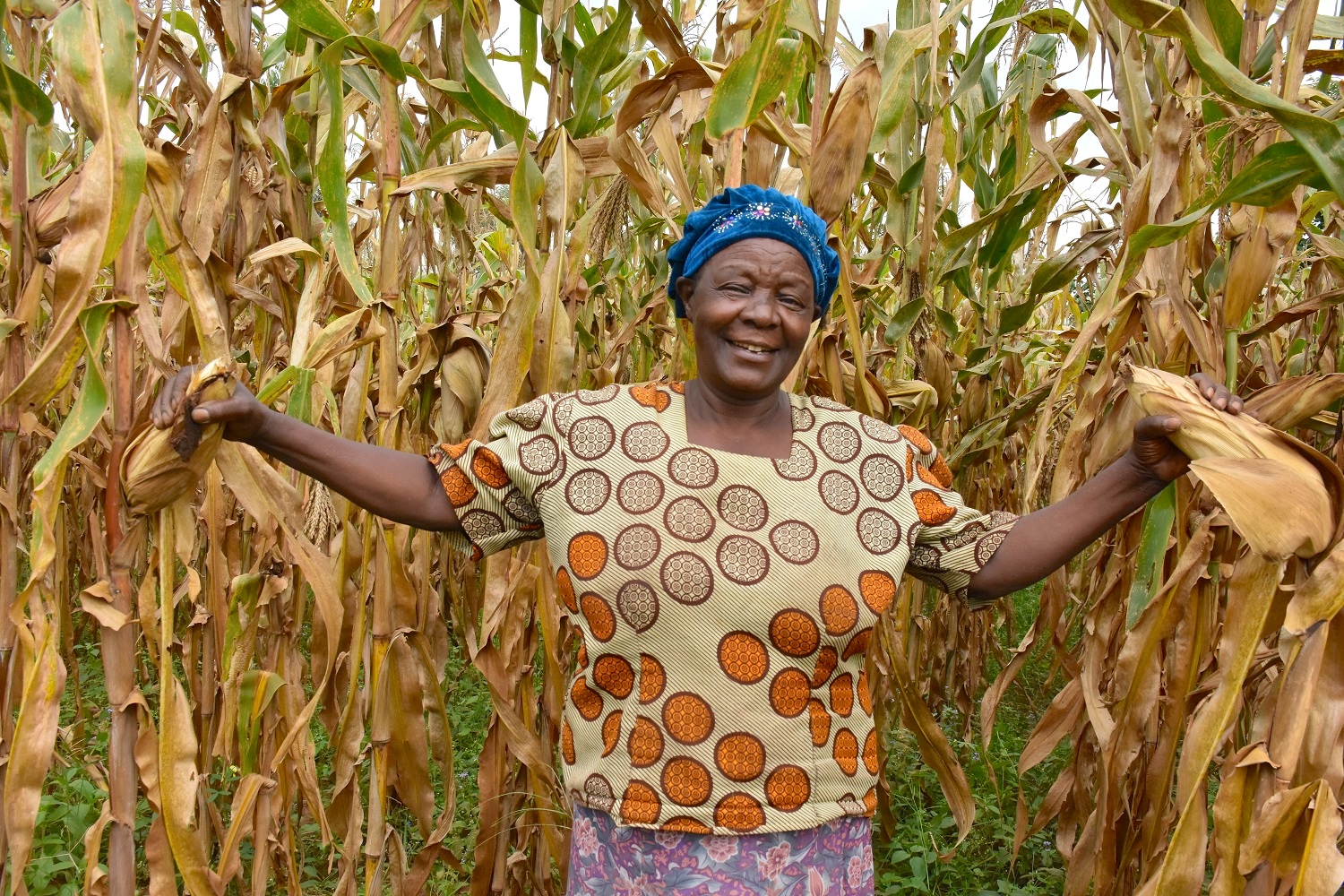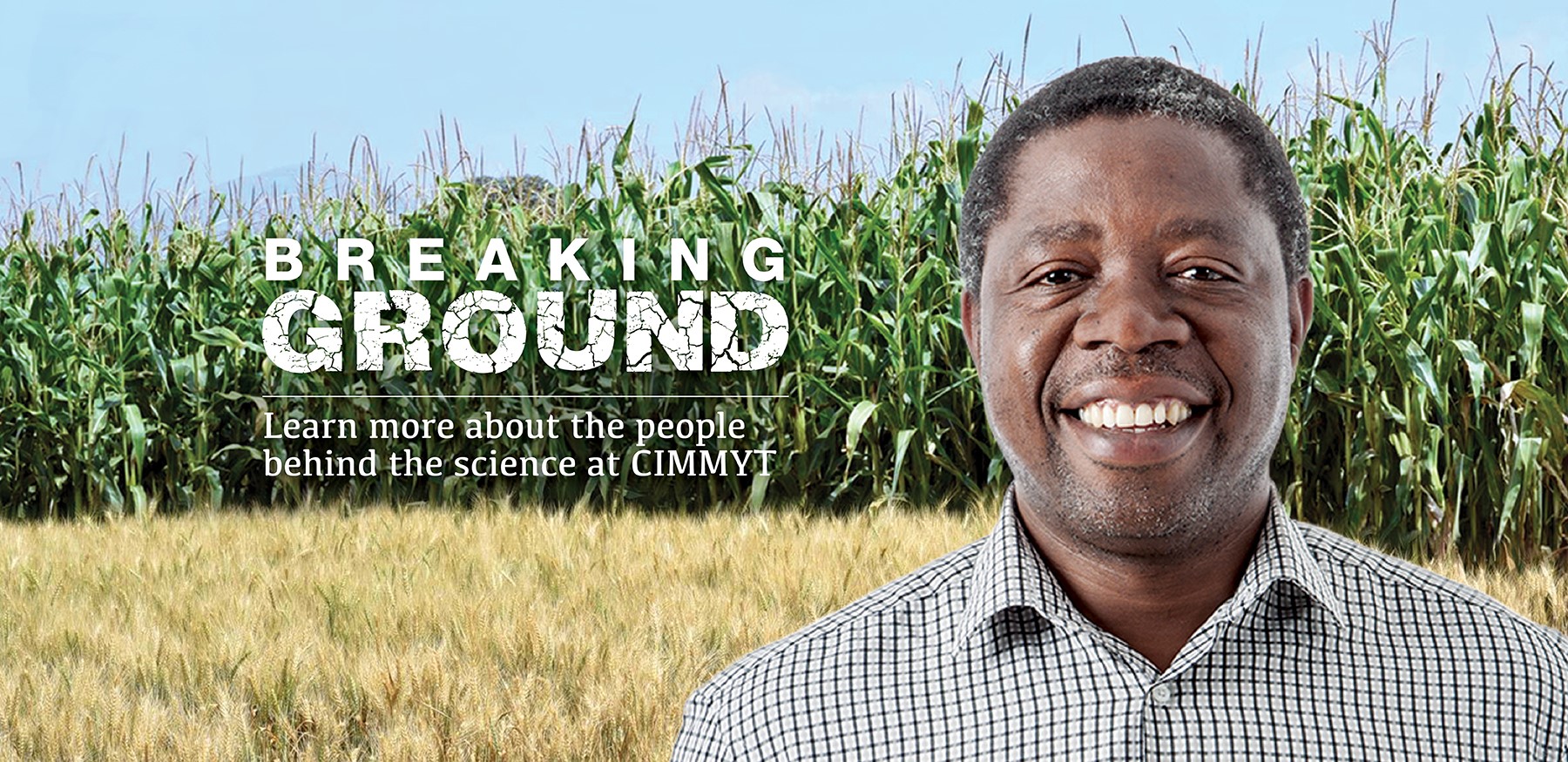Approaching the homestead of Joseph Maravire and his wife, Reason, on a warm late August afternoon in Bvukururu, Zaka district, Zimbabwe, heaps of dry straw in their farmyard are prominent. ‘’This is for mulching for the forthcoming cropping season,’’ explains Reason. Maize stalk residues from last harvest are also stored to feed their livestock and to mix into the manure or for bedding the herd of cattle. These practices have become the norm for the Maravire family as they prepare for the next maize planting season in Zaka, one of the hottest areas of southern Zimbabwe.
“We never knew of mulching until we interacted with CIMMYT scientists in 2009. Now I cannot imagine working in my field without applying mulch,” says Reason. As one of five families selected in their village to participate in the scaling out of climate-smart agricultural technologies since 2009, the Maravire family demonstrates the evident transformative power of climate-smart agriculture.
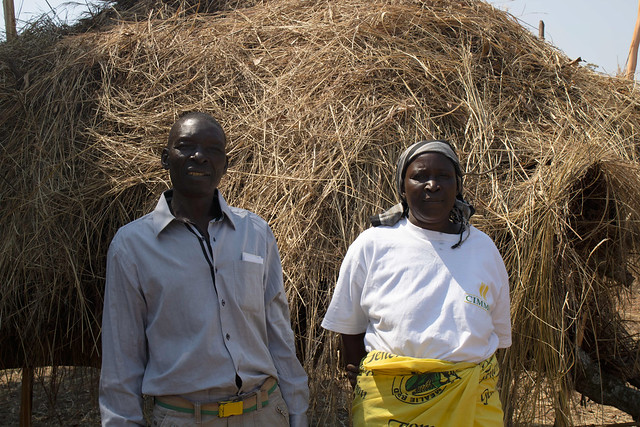
Climate-smart agriculture involves farming practices that improve farm productivity and profitability, help farmers adapt to the negative effects of climate change and mitigate climate change effects, e.g. by soil carbon sequestration or reductions in greenhouse gas emissions. Climate-smart practices, such as the locally practiced conservation agriculture, aim at conserving soil moisture, retaining crop residues for soil fertility, disturbing the soil as minimally as possible and diversifying through rotation or intercropping.
As CIMMYT research shows, these practices can boost production and make farmers more food secure. This is good news for Zimbabwean farmers such as the Maravires. During an episode of El Niño in the 2015-16 and 2018-19 cropping seasons, large parts of southern Africa experienced prolonged dry spells, erratic rainfall and high temperatures initially with floods towards the end of the cropping season. A recent humanitarian appeal indicated that at least 2.9 million people in Zimbabwe were severely food insecure due to poor or no harvests that year.
Under the “Out-scaling climate-smart technologies to smallholder farmers in Malawi, Zambia & Zimbabwe’’ project — funded by the German development agency GIZ and the Centre for Coordination of Agricultural Research and Development for Southern Africa (CCARDESA), and implemented under the leadership of the Zambian Agriculture Research Institute (ZARI) with technical oversight by CIMMYT and other collaborating partners from Malawi and Zimbabwe — farmers from 19 rural communities in the three target countries received training and guidance on climate-smart agriculture practices and technologies, such as mulching, rotation and the use of direct seeders and ripper tines to practice no tillage.
Mastering climate-smart techniques, season by season
On their 0.4-hectare plot dedicated to the project activities, Joseph and Reason practiced four different planting techniques: direct seeding (sowing directly into crop residue), ripline seeding (sowing in lines created by animal draft-powered rippers), basin planting (sowing manually into planting basins created by hand hoes), and the traditional ox drawn plowing and seeding. They then planted one traditional and three drought-tolerant maize varieties.
“It soon became clear to us that using a direct seeder or ripper tine, combined with mulching, was the best option, as these sections of the field retained more moisture and produced more maize than the conventional system,” explained Joseph Maravire. Beginning in 2013, the family also started rotating maize and cowpeas and observed a significant increase in their yields. They decided to apply climate-smart agriculture practices on the rest of their 2.5-hectare farm.
“We learned that cowpeas leave nitrogen in the soil and by the time of harvesting, the leaves from the cowpeas also fall to the ground as residue and add to the mulch for the soil. The shade of cowpea also reduces weed pressure and manual weeding,” said Maravire.
Yields and food security
With these practices, the family has harvested remarkably, even during the dry seasons. In 2015-16, the worst El Niño on record, they harvested 2 tons of maize, despite the severe drought, while other households barely got anything from their fields. In good years, like the last cropping season, the family harvests 3.5 to 4 tons of maize from their entire field, three times more than their annual family food needs of approximately 1.3 tons. The additional cowpea yields of both grain and leaves provide protein-rich complementary food, which improves the family’s nutrition. To share some of these benefits with their community, the Maravire family donates up to 10% of their produce to poor elderly households in their village.
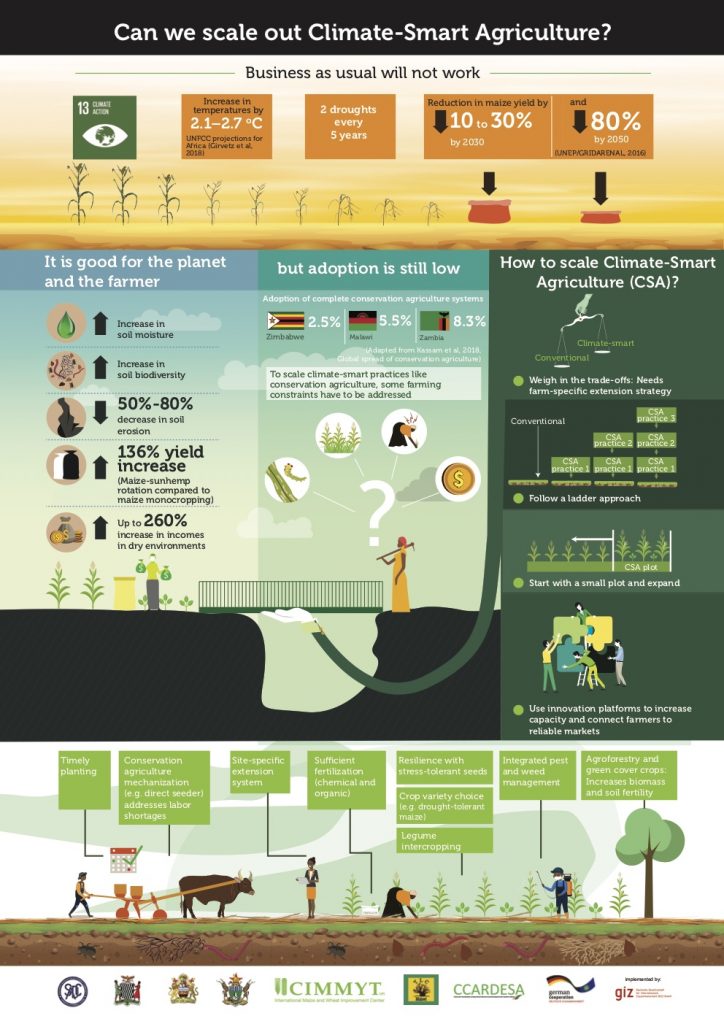 Overcoming challenges and building resilience
Overcoming challenges and building resilience
However, the new farming practices did not come without challenges.
“In the early days of the project, the ripper tine was not simple to use because we could not get the right depth to put manure and the maize seeds,” said Joseph Maravire.
They found a solution by making rip lines around October or November, applying manure at the onset of the rains, ripping again and placing the seed to mix with the manure.
Fall armyworm was another devastating challenge for their plot, as was the case around Zimbabwe. Like other farmers in Zimbabwe, the Maravires had access to pesticides, but the caterpillar showed some resistance to one type of pesticide. Maravire expressed interest in learning biological control options to reduce the pest’s spread.
Scaling climate smart technologies beyond the Maravire homestead
After several years of consistently good harvests with climate-smart agriculture options, the Maravire family has become a model within their community. Working closely with their agricultural extension officer, they formed a CSA farmer support group of 20 families. Joseph Maravire provides services for direct seeding and ripping to the CSA group and ensures that all of their land is prepared using no-tillage planting techniques. The couple regularly demonstrates climate-smart practices to peers during field days, where an average of 300 villagers attend. They also share their knowledge about green manure cover crops — crops such as lablab, jackbean, sunhemp, and velvet bean which, retained on the soil surface, serve as organic fertilizer — a practice they learned from project activities.
For Reason and Joseph Maravire, the rewards for adopting climate-smart agriculture benefit the family beyond food security. The income earned from maize grain sales and cowpea marketing has helped them acquire assets and rebuild one of their homes that was destroyed by Cyclone Idai in March 2019.
Joseph is confident that his family will always produce well on the replenished soil and the technologies they have learned through the project will continue to define their farming practices.
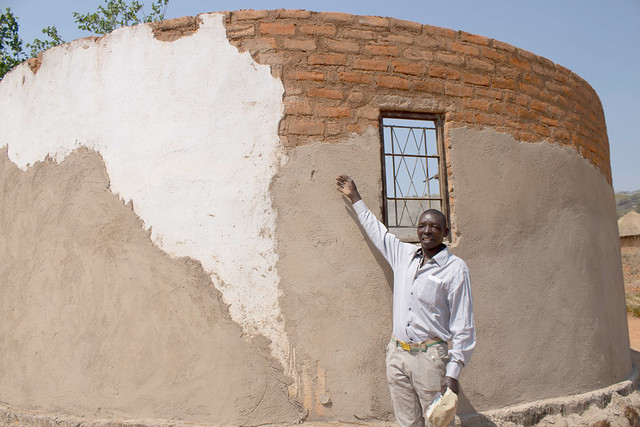
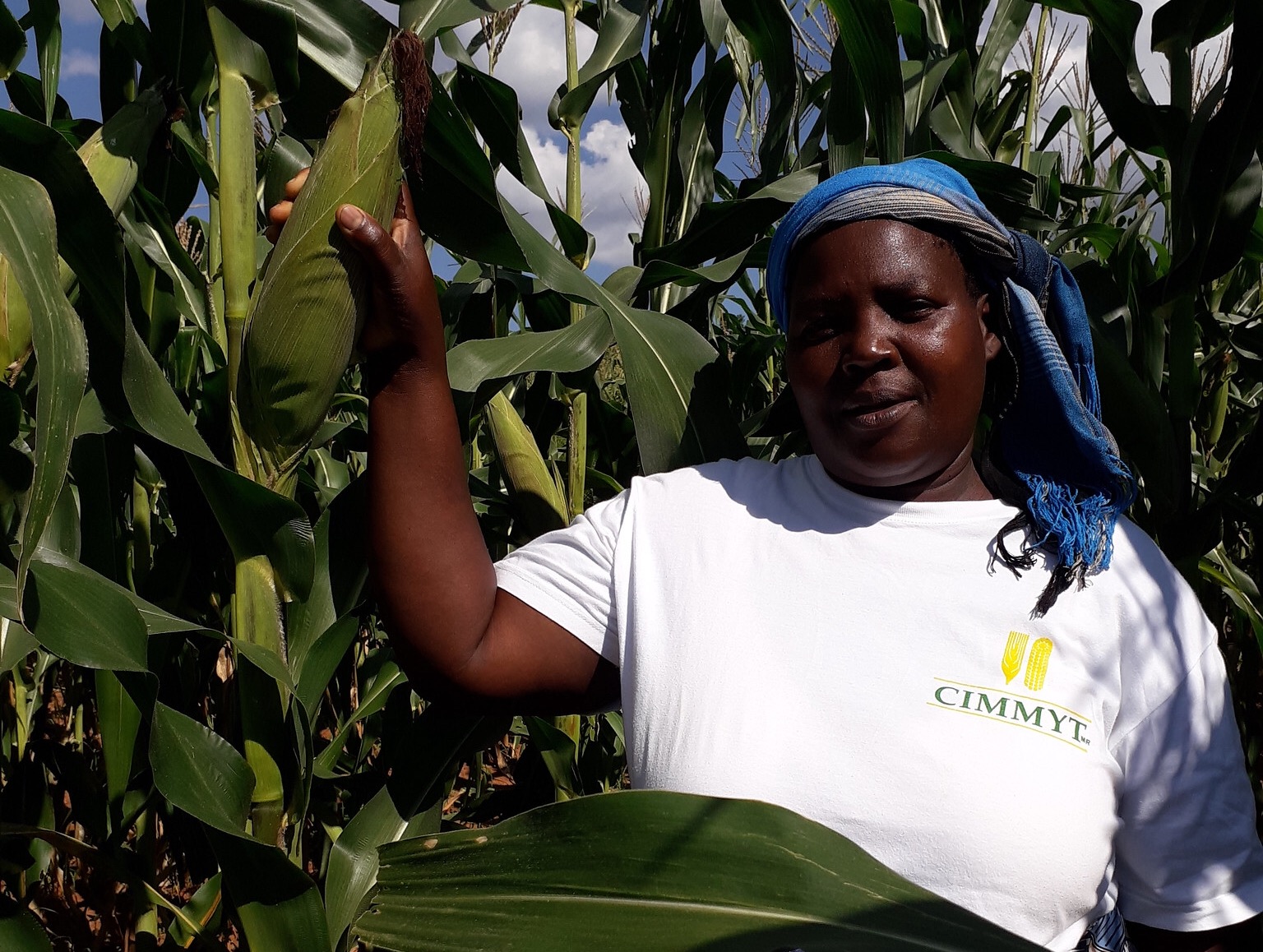
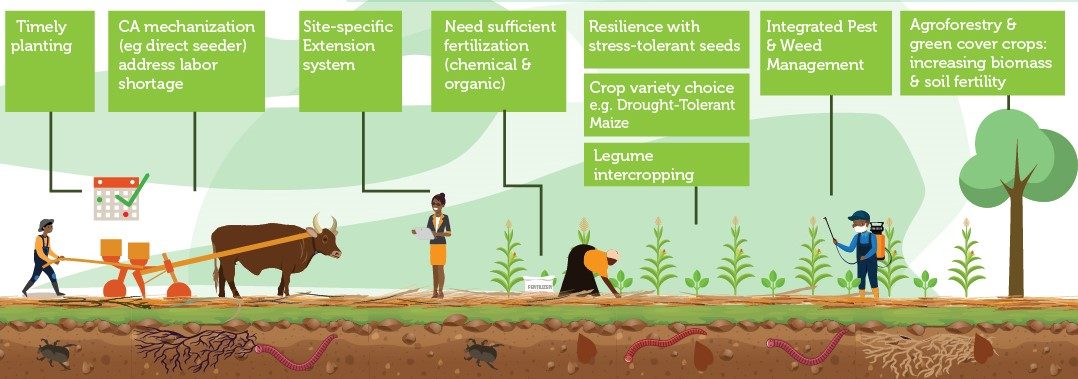
 Climate adaptation and mitigation
Climate adaptation and mitigation 